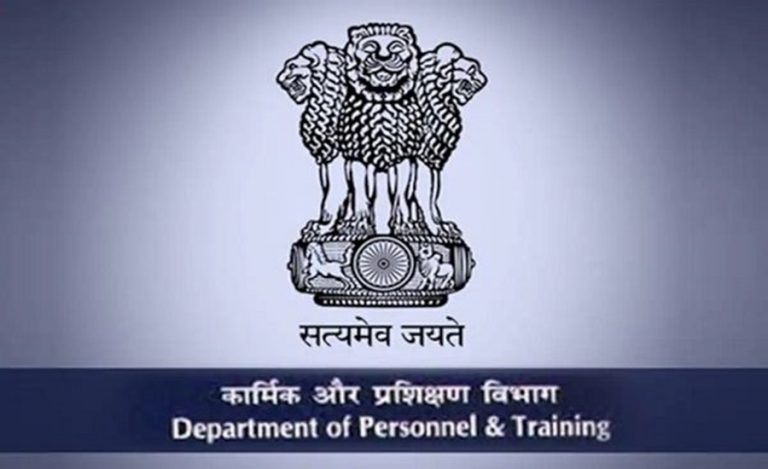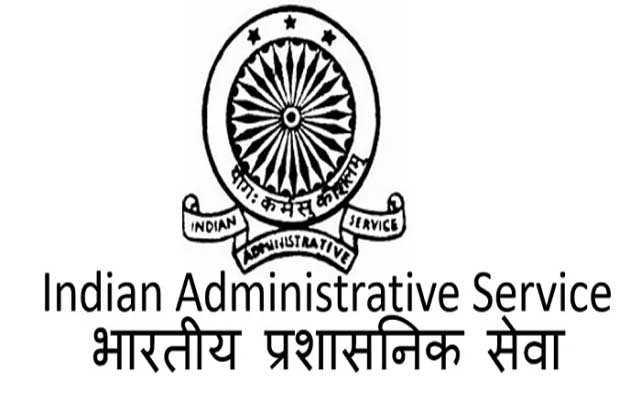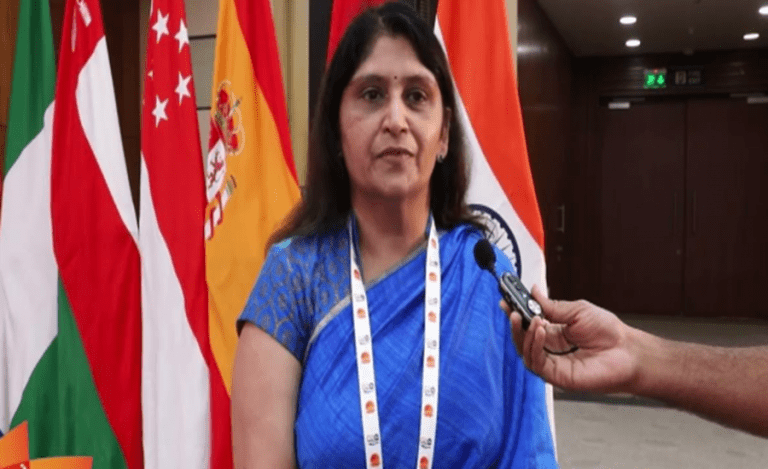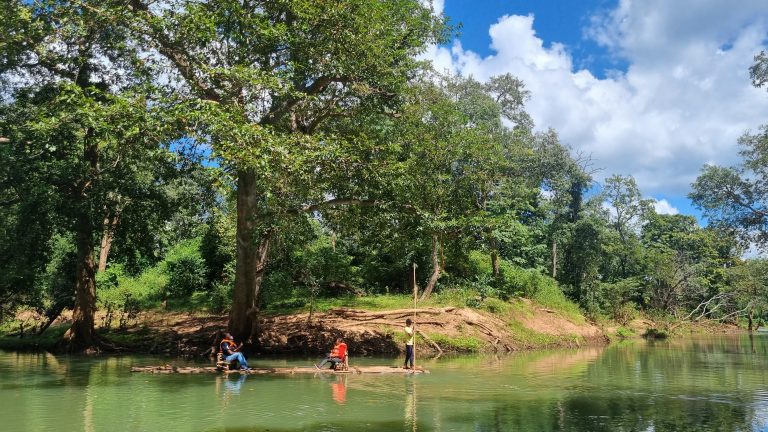The brow-antlered deer, also known as the Sangai, is a unique and uncommon species found only in Manipur’s Keibul Lamjao National Park (KLNP). Its population has declined alarmingly over the years, prompting concerns among environmentalists.
The deer is listed as ‘endangered’ on the International Union for Conservation of Nature’s (IUCN) Red List.
While the Wildlife Institute of India (WII) has spearheaded attempts to save it from extinction, current data reveal that the results may not be as promising as predicted.
During the annual research seminar held at the WII, Mirza Ghazanfarullah Ghazi, while presenting ‘Conservation Actions for Manipur’s Brow-Antlered Deer or Sangai: Progress Achieved So Far, said, “The mean estimated population, which stood at 90 individuals in 2006, dropped to 76 in 2019, and in the latest estimate, it has dwindled further to 64 in 2023. The decline, which was 1% per annum in 2019, has accelerated to 1.9% per annum in 2023.”
According to professionals participating in their population recovery, the Sangai population was 91 in 2006, 88 in 2007, 92 in 2008, 76 in 2019 and 64 in 2023. The issue is worrying because the species’ essential effective population size is currently 7.5. “With an effective population size of 7.5, the Sangai is perilously close to the threshold for inbreeding depression,” says Mirza.
A suggested effective population size of 100 is recommended to minimize inbreeding depression, and a recommended effective population size of 1000 is recommended for long-term survival. What’s more concerning is their distinctive floating habitat, known traditionally as ‘fumdi’ and consisting of mats of dirt, vegetation, and organic matter, is diminishing.
However, because of improved “fumdi” dispersal in that region, their population shifted northward between 2017 and 2021. As a result, the northern region of KLNP is now home to the majority of their people, Mirza continued.
The scientists cite a number of human-caused reasons that are responsible for this reduction, such as competition from growing populations of hog deer and the Ithai barrage, which optimally uses water from Loktak Lake, a Ramsar site since 1990.




